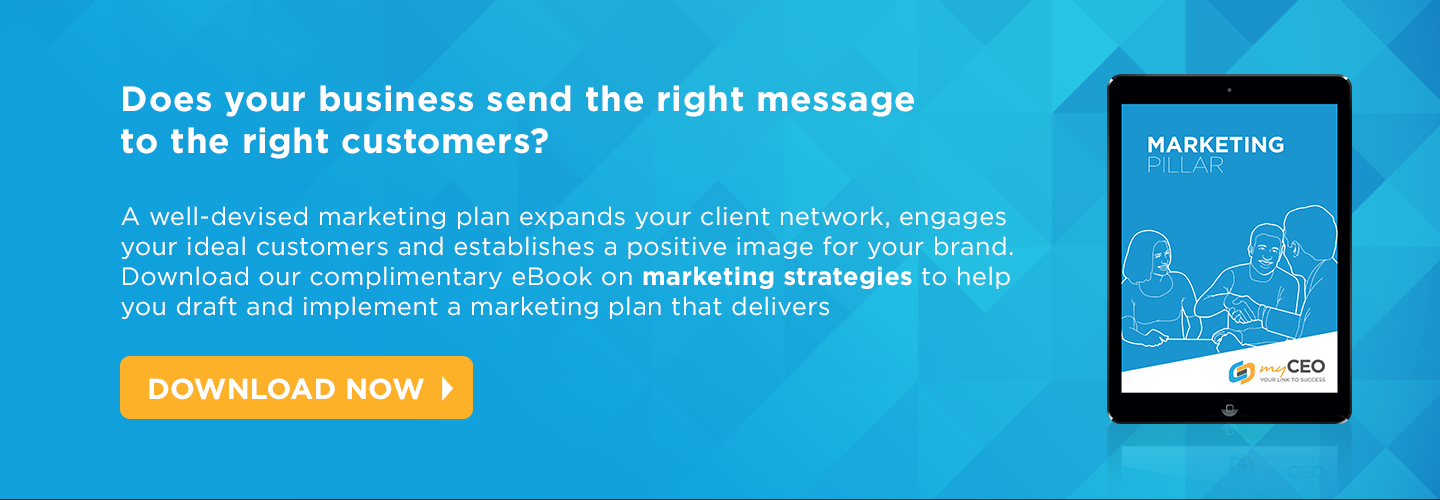
Forget what other people may have told you about how email marketing doesn’t work anymore. Any business coach or marketing expert will tell you that, if done properly, it’s still one of the best ways to reach out to your audience.
Email marketing has many advantages over other digital channels. For instance, it lets your business connect with your audience on a personal level. Private and direct, emails can be personalised. Since it’s an asynchronistic form of communication, it doesn’t require your audience to be there when you reach out and vice versa.
We came up with these best practices when using email marketing for your business to maximise lead generation and conversion.
1. Whenever appropriate, personalise your email.
Personalised emails show that you care enough for your customers to know their name, and that they’re not just numbers for you. As long they gave you their name or your company got a hold of their name through ethical means, it’s a great way of establishing some sense of proximity between you and your audience.
2. Segment your mailing list.
First and foremost, your mailing list should be ethically sourced and collected with your lead’s permission. This way, your leads know how your company got their contact information and would be more prone to opening (and responding to) your email.
Audiences react differently to various messages, offers and topics. There are many ways to segment your leads. One way is to segment them according to their progress in the buyer’s journey. Are they frequent visitors of your site/blog? Did you get their contact information through events that are near the end of the funnel/decision phase?
You can also segment according to their demographics, psychographics, current needs and so on.
3. Use a compelling, believable subject line.
There are multiple ways to approach the subject line. Some companies use simple and direct to the point subject lines that command their audience to open their emails. Meanwhile, other companies prefer using mysterious/vague subject lines to entice readers.
However you choose to play this out, reread, test and modify your subject lines frequently depending on what you think works for your audience. Make sure that you sound believable and realistic by not inflating the expectations of your audience. Exaggerated promises and dubious offers are the hallmarks of spam. Additionally, your subject line shouldn’t read as if it were written by a machine. Be organic and natural on your word choice.
4. Send emails at the right time and intervals.
Never send emails near the end of a business day, as your leads will probably just ignore them or forget about them the following day.
Find the right balance in terms of your email intervals to your leads. Sending too frequently (daily or every other day) might be too spammy. Sending emails infrequently (such as once every couple of months), on the other hand, might make them forget about you and what you offer.
Consider their context. If possible, test, track and analyse their response/click rate/open rate to find out the ideal time and interval for your emails.
5. Keep it short and direct to the point.
Your email should be three paragraphs max. Tell them exactly what they need to know and why you sent an email.
Email marketing is a neverending experiment. Getting your emails opened depends on the nature of your business, your audience and many other factors. Make the most out of it by doing it right.
Need insights about marketing and other aspects of your business? Dowload our free ebook and see how our clients are improving their business by optimising their marketing efforts.

